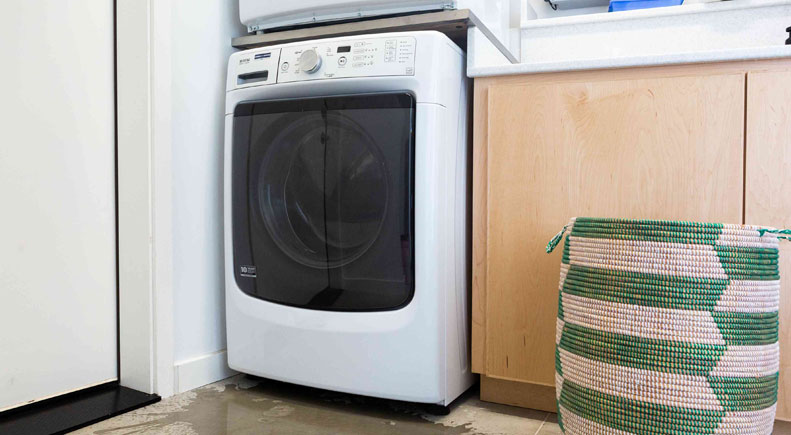
Manufacturers claim that modern household appliances are becoming more reliable and safer, but more is needed to guarantee the absence of breakdowns. For example, a fairly common situation is when a washing machine leaks during washing. In this case, most often, you can notice that water appears under the front leg, flowing out from under the front panel of the washer. Why does it flow from the bottom of the machine? How to check and then fix the problem?
If the washing machine leaks during operation, then this does not guarantee that some part of the device has broken. Sometimes water flows from below solely due to the mistake of the owner of the apparatus. If water appears on the floor during washing, then you should check the dust filter cover to see if it is tightly screwed on. Also, you should pay special attention to the emergency drain hose. If you've recently cleaned your trash filter, it's possible you just plugged the hose badly, so it's leaking now.
If there are no problems with the hose and filter, then the filter's rubber gasket may be the cause. However, sometimes it only works correctly if it is balanced during the filter installation. Follow the instructions to check if it works.
During cleaning, stopper problems often arise when users wash the filter parts in boiling water. Thus, it is possible to kill all the bacteria and wash off the dirt from the cork, but under the influence of boiling water, the plastic part is barely noticeably deformed and begins to let water through. Buying a new cork is only one way out of the situation.
Another common cause of leaks is the detergent drawer. In this case, when washing, the water flows from below, but the leak's source is almost at the very top of the device. Carefully examine the powder tray - if it is all dirty, then most likely it is because of this that water overflows onto the floor. The liquid overflows into the cavity of the dispenser, and from there, it flows to the floor. Inspect the entire part, both outside and inside, paying special attention to the corners where leakage usually occurs.
To check, fill all tray sections with water after wiping the bottom with a dry cloth. If the problem has been in the tray all the time, then the water will quickly begin to flow.
Finally, a deformed hatch rubber can fail. When a small tear appears in the cuff that cannot be seen with the naked eye, even this can cause a serious leak.
If you suspect it is the gum of the hatch, you should carefully examine it from below, and if there is a hole, then you should turn it over so that the damage is at the top. Then, follow the instructions exactly to fix the problem.
If the machine has stopped flowing after the manipulation, further repair or replacement of the cuff is not required. So you can cope even with a large hole - 1 centimetre or more. But if the hole in the elastic band is much larger than a centimetre, then replacing such a part with a new one is better.
Copyright © 2020 Coimbatore Service.